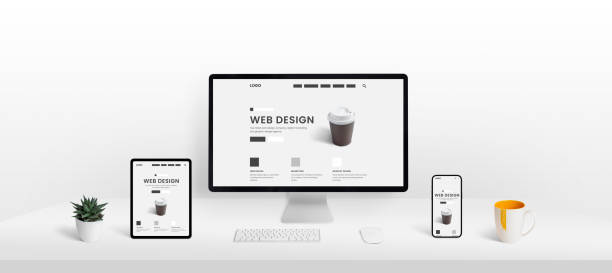Boost Your Website Conversion Rates with Stellar User Experience
Your website attracts visitors, but are they sticking around? If they’re not converting, the problem might lie in your site’s user experience. A well-crafted user experience can be the difference between a visitor and a customer. Imagine a website that guides users effortlessly, making them want to explore further and eventually hit that all-important ‘buy’ button. At Global Link Media LLC, we specialize in transforming your site into a conversion powerhouse. Read on to learn more about the impact of user experience on conversion rates and how we can help you achieve impressive website conversion rates.
Understanding User Experience

User experience (UX) is crucial for transforming casual visitors into loyal customers. A well-designed UX considers the user’s journey, ensuring smooth navigation and engagement on your website. It combines design, usability, and functionality to create a seamless experience that encourages conversions.
What is User Experience?
User Experience (UX) refers to the quality of interaction a user has with a website. It’s about simplicity, satisfaction, and effectiveness. A good UX makes it easy for users to find what they’re looking for and encourages them to engage further.
Simplicity: Users should navigate your website intuitively. A cluttered interface can lead to frustration.
Satisfaction: Positive experiences keep users coming back, increasing the likelihood of conversion.
Effectiveness: The website should fulfill the user’s needs efficiently.
According to InvespCRO, enhancing UX can significantly boost conversion rates, making it a critical component of web design.
Key Elements of UX Design
Visual Hierarchy: This ensures that the most important elements are noticed first. For example, call-to-action buttons should stand out.
Consistency: Maintaining a consistent style across the site builds trust and familiarity.
Feedback: Interactive elements should provide feedback, confirming actions like form submissions.
Accessibility: Ensure your website is usable by everyone, including those with disabilities.
Useberry emphasizes the role of these elements in conversion rate optimization, stressing how they can guide users towards desired actions.
Improving Website Conversion Rates

Improving website conversion rates involves understanding how visitors interact with your site and designing it to encourage specific actions. By focusing on user behavior and strategic design, you can enhance your conversion rates effectively.
Analyzing User Behavior
To improve conversions, start by analyzing user behavior:
Track Visitor Interactions: Use tools like heatmaps to see where users click most.
Analyze Drop-off Points: Identify where users leave your site to understand what might be causing it.
Gather Feedback: Use surveys to get direct insights from users about their experience.
Cloudflare highlights the importance of understanding these behaviors as they can directly impact conversion rates.
Designing for Conversion
Effective design for conversion requires a few key strategies:
Clear Call-to-Actions: Make sure buttons and links are prominent and persuasive.
Simplified Navigation: Users should find what they need within a few clicks.
Mobile Optimization: Ensure your site functions well on all devices.
A case study from WD Strategies showcases how improved navigation and mobile optimization led to a 20% increase in conversions.
Benefits of Responsive Web Design

Responsive web design ensures your site is accessible and engaging on any device. This adaptability plays a significant role in user experience and conversion rates by enhancing accessibility and improving search engine rankings.
Enhancing Mobile Experience
With more users browsing on mobile, responsive design is essential:
Ensures content adapts to different screen sizes.
Improves load times, reducing bounce rates.
Provides a consistent experience across devices.
Responsive design also enhances mobile user experience, ensuring potential customers can interact seamlessly with your site, as discussed on Useberry.
SEO Impact on Conversion Rates
Responsive design also boosts SEO, which can, in turn, improve conversion rates:
Improved Rankings: Responsive sites rank higher on search engines, increasing visibility.
Lower Bounce Rates: Fast-loading, mobile-friendly sites keep users engaged, reducing bounce rates.
Enhanced User Engagement: Engaged users are more likely to convert.
These factors underscore the value of responsive design, as highlighted by Cloudflare, which can ultimately lead to higher conversion rates.


